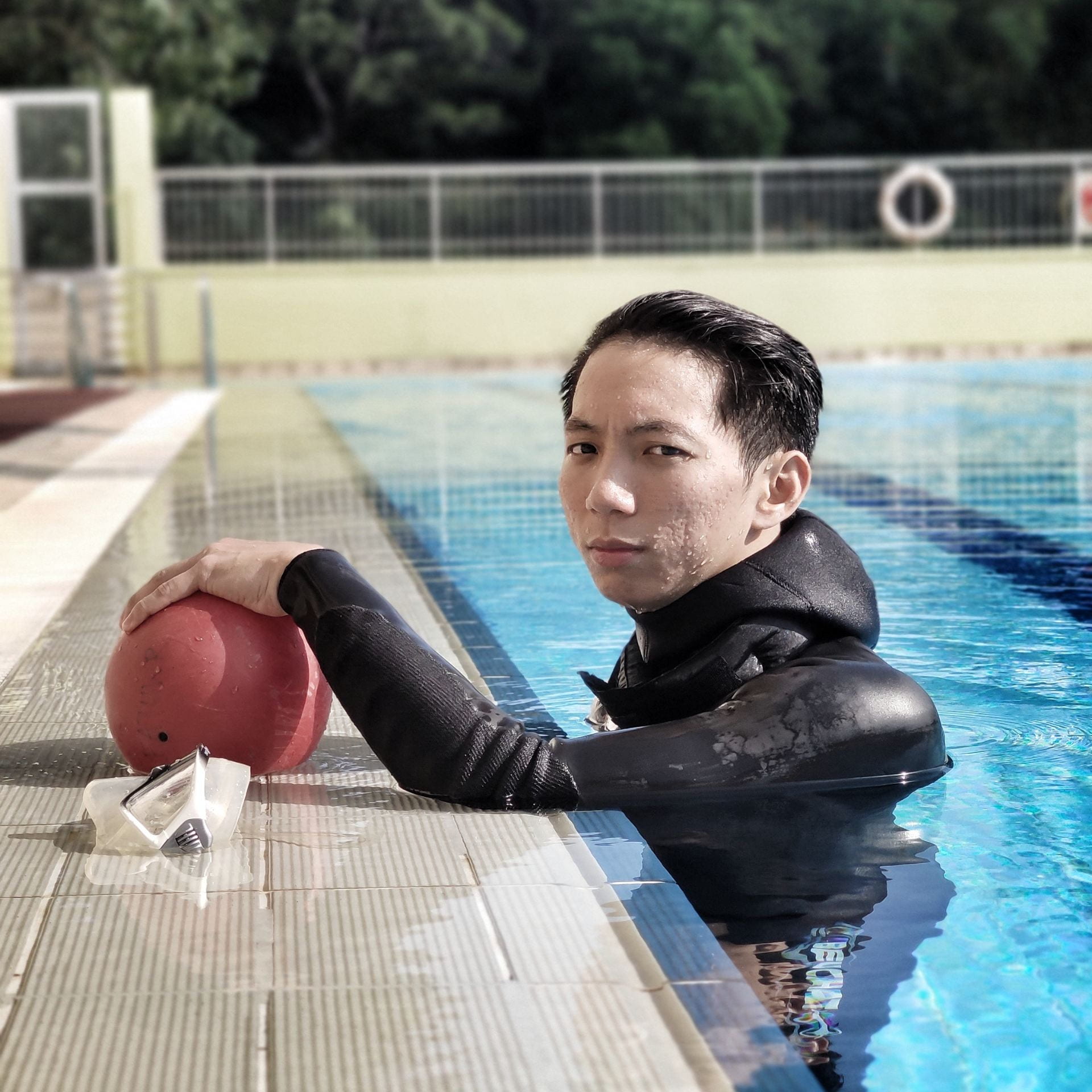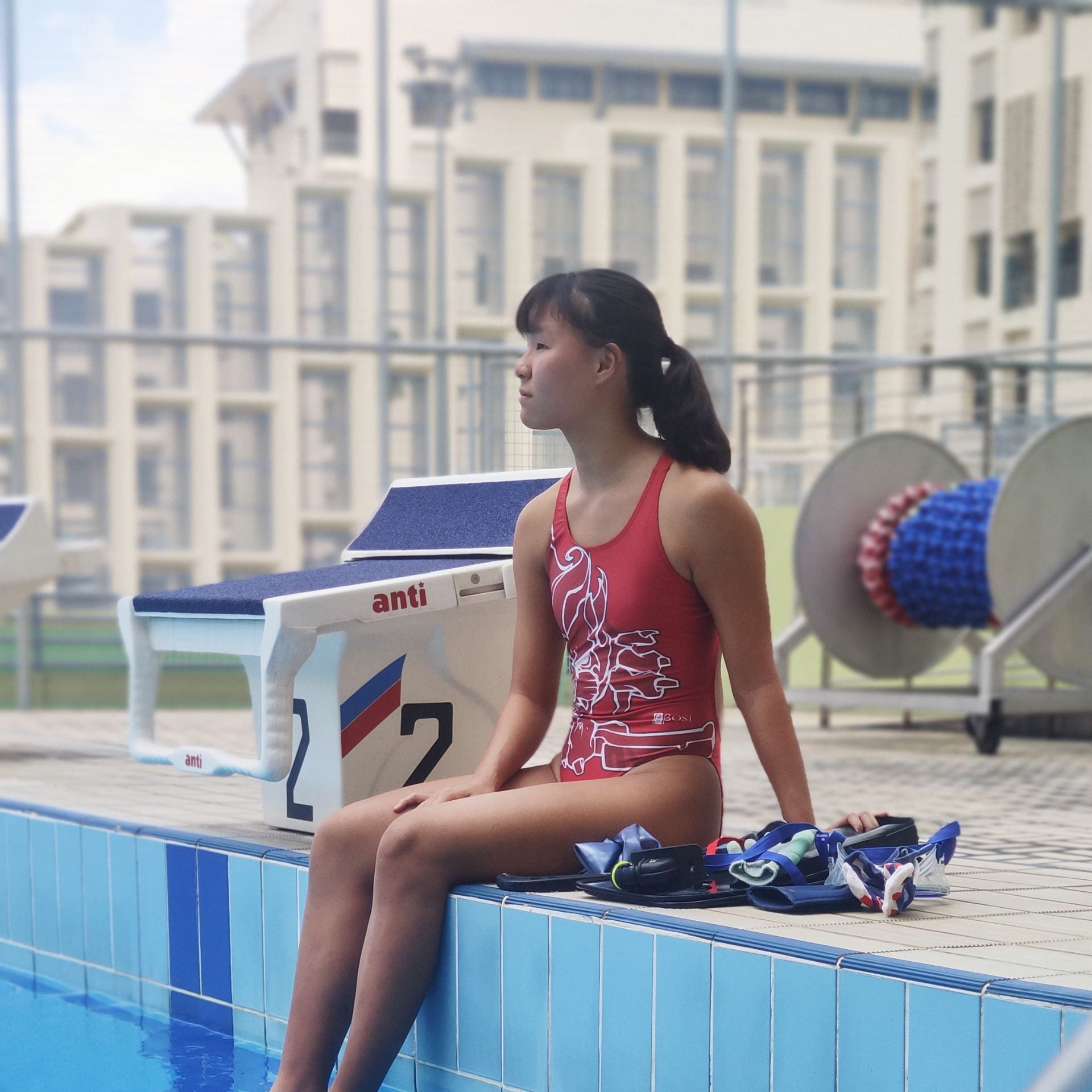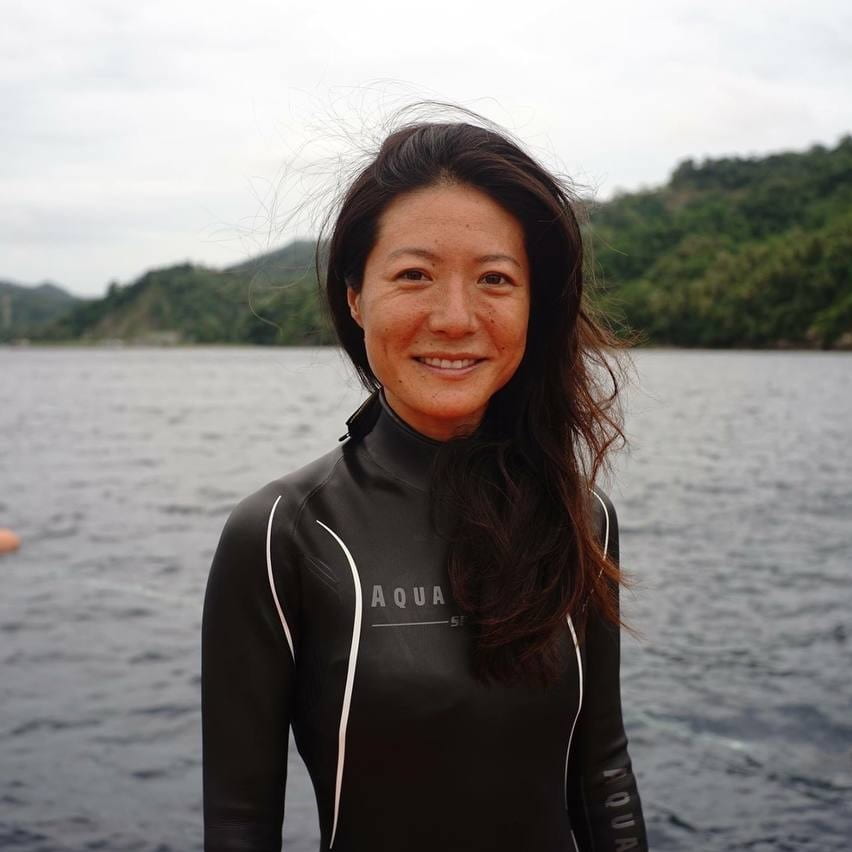For Chua Yi Ying, underwater hockey is silent bliss. “Underwater, everything melts away. No one is talking or yelling at you. You won’t hear the same being said of other sports. I find the game so peaceful,” says the final-year sport science student.
Unlike its counterpart played on land, underwater hockey – a stick-and-puck sport played along the bottoms of swimming pools – relies largely on pre-decided modes of play, the 23-year-old explains.
“As a spectator, you probably can’t understand what’s going on. I’ve heard we look like restless fish! But we’re actually in control of what we’re doing as we’ve rehearsed our moves many times before. You can’t hear directions from your teammates, so you have to stick to the formation and the role assigned to you,” says Yi Ying.
“And no, we don’t run underwater with oxygen tanks!” she laughs. “There’s a scuba diving mask, snorkel and mouth guard, but it’s best you learn how to hold your breath well.”
Yi Ying was part of the Singapore contingent that took home four golds in the 2019 SEA Games in the Philippines. She was picked for the Singapore team only after a year of training. She is also one of the newest members of the only underwater hockey club in Singapore.
“I don’t think age really matters in underwater hockey. The older members are just as fit as us and their years of experience really add to that,” she says. “In fact, I picked up new moves and strategies from them!”
Yi Ying’s oldest teammate in the SEA Games is 50, while the oldest member of the club is 60, a surprising fact that seems out of place in today’s sporting world which prizes youth and agility.
Teamwork is vital, because there’s no way to yell at your teammate to pass you the puck, she explains. It is also one of the main reasons that convinced her to make the dive from competitive swimming to underwater hockey during her time in Temasek Polytechnic.
“Swimming is actually a very lonely sport. When you’re swimming, you’re alone in the water. In underwater hockey, the team is underwater with you. I felt for the first time what it means to be in a team. That feeling of solidarity, and teamwork, made me fall in love with the sport,” she says.
When there’s a will, there’s a wave
Underwater sports in the new normal
Yi Ying plays fewer underwater hockey games, training only on weekends at specific timings, since it’s tougher to secure pool bookings.
“The pool I use is now split into two training zones and each area can only have a maximum of eight players. Although our playing area is reduced and we train in smaller groups, we’re still happy to get a chance to train,” she says.
While waiting for updates on when international competitions can restart, she teaches children and toddlers water survival skills and swimming techniques.
Click on the other profiles below to continue reading
This story was published in the Aug-Sep 2021 issue of HEY!. To read it and other stories from this issue in print, click here.







